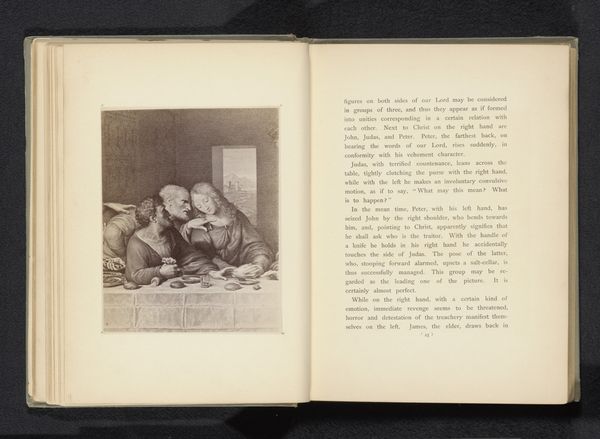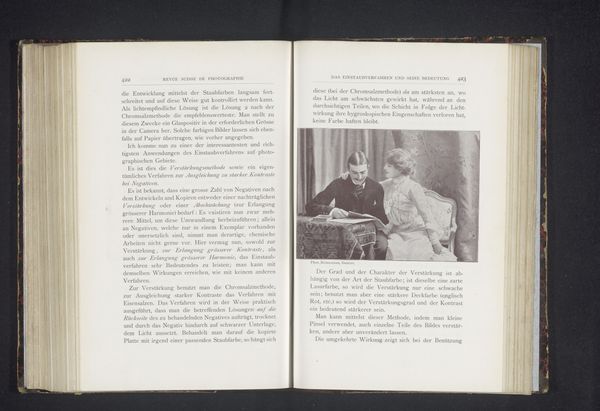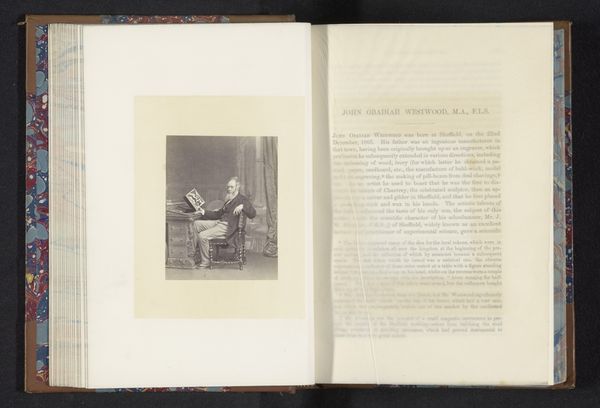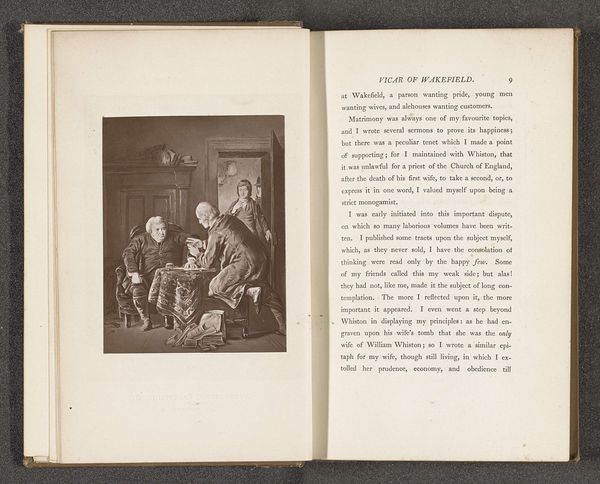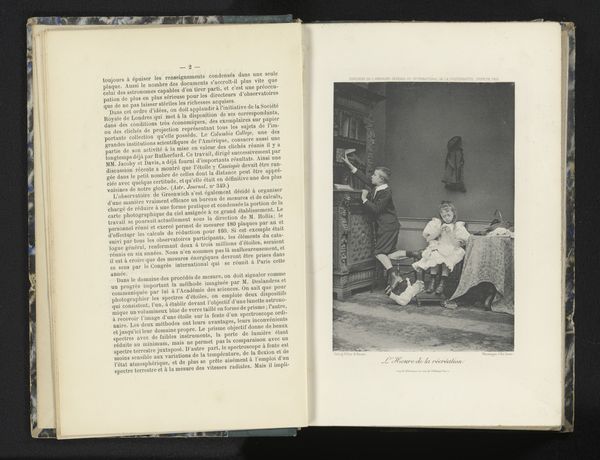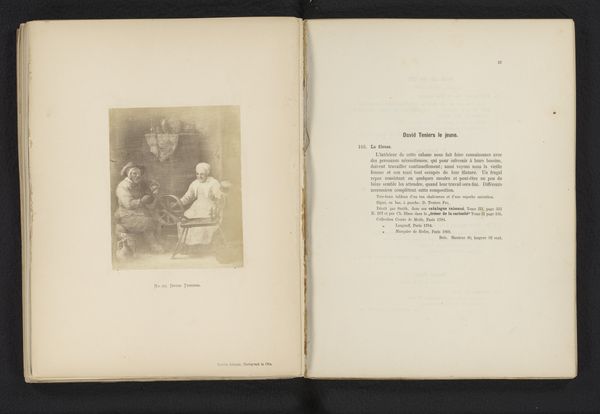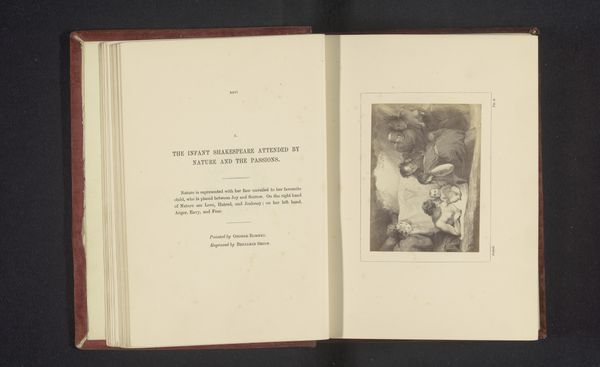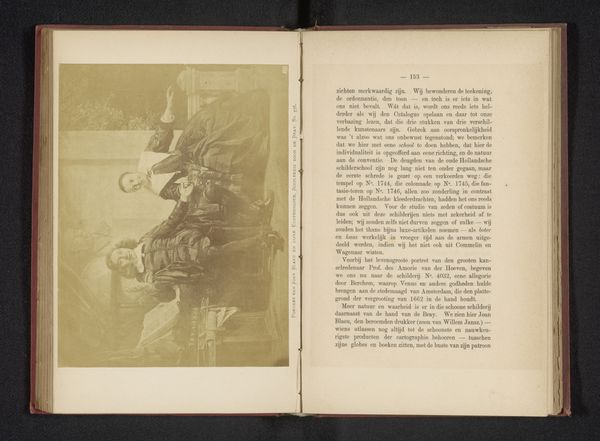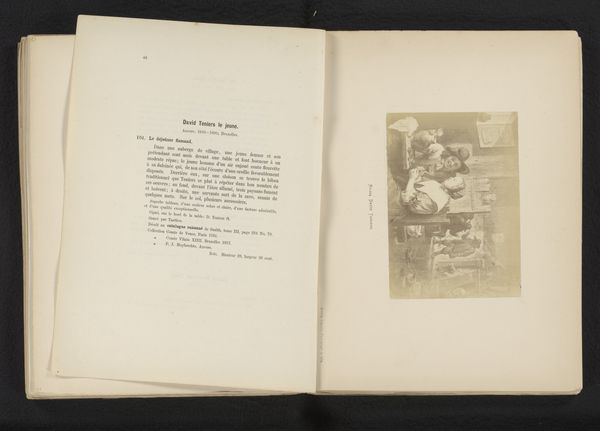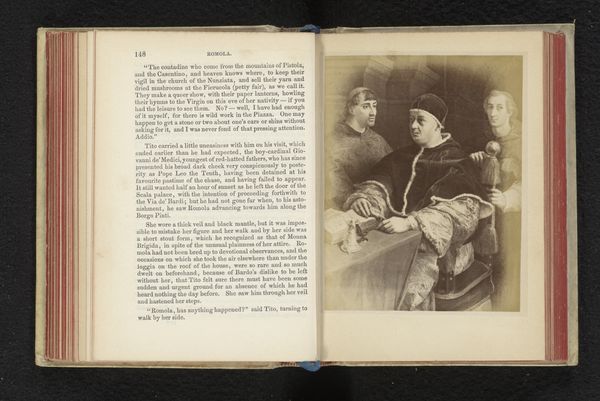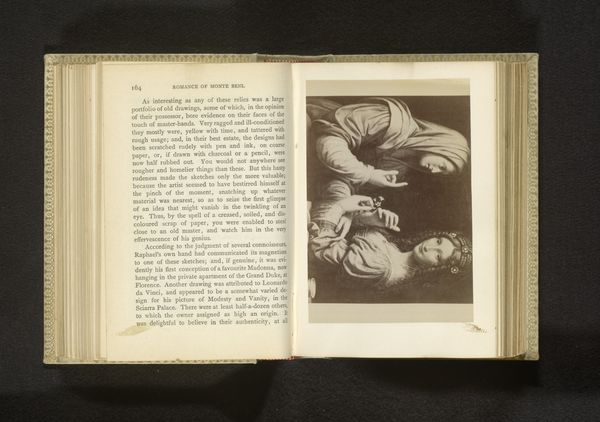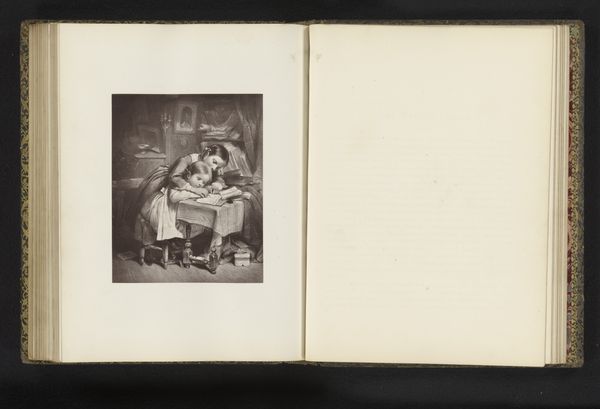
Fotoreproductie van een prent naar een muurschildering, voorstellende het Laatste Avondmaal before 1887
0:00
0:00
anonymous
Rijksmuseum
print, photography, engraving
#
portrait
#
narrative-art
# print
#
landscape
#
11_renaissance
#
photography
#
chiaroscuro
#
genre-painting
#
history-painting
#
italian-renaissance
#
engraving
#
miniature
#
realism
Dimensions: height 131 mm, width 97 mm
Copyright: Rijks Museum: Open Domain
Curator: This piece, housed here at the Rijksmuseum, is titled "Fotoreproductie van een prent naar een muurschildering, voorstellende het Laatste Avondmaal," or roughly translated, "Photographic reproduction of a print after a mural painting depicting the Last Supper." It comes to us from before 1887. Editor: Wow, it’s quite somber, isn’t it? Even in this photographic reproduction, the scene feels so weighted with impending doom. The stark contrasts of light and shadow amplify the drama. Curator: Indeed. The artist seems intent on capturing the intense emotion and complex dynamics of the biblical scene. Considering this is a reproduction, it may lack some detail present in the print from which the photography was inspired from, but you can still feel the echoes of Renaissance chiaroscuro in its light and shadow play. Editor: Absolutely. Look how the faces are illuminated, drawing our eyes to their expressions. I wonder how the transition from mural to print to photograph altered the narrative? Curator: An excellent point! Each stage introduces its own set of aesthetic and technical constraints. For example, going from a painted mural in color to an engraving in monochrome inherently flattens the nuances. Photographing the monochrome engraving further simplifies those artistic intentions from their initial output and inspiration from DaVinci. Editor: It's a chain reaction of interpretation, isn't it? One artist interprets another’s work, which is then captured through yet another medium. What fascinates me is the enduring power of the story itself, how it transcends these different forms and continues to resonate. There's such vulnerability in the gestures and eyes. What do you feel it communicate, aside the clear and visible religious imagery? Curator: The narrative of impending betrayal certainly lingers, but I see more, specifically deep contemplation. Each man grappling internally with doubt, faith, and loyalty. Its success comes, not just from portraying the events, but from hinting at inner life and a human connection which persists even through translations and time periods of various human experience. Editor: A powerful way to look at the creative potential of the work itself, and the complex conversation with artistic traditions it is tied to. That internal life persists. Curator: Absolutely. And I believe, no matter how many filters of reproduction, that internal, original fire continues to offer insight, long after its first construction.
Comments
No comments
Be the first to comment and join the conversation on the ultimate creative platform.
